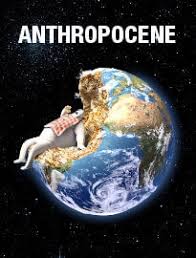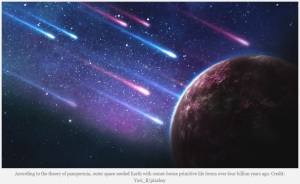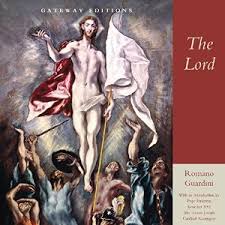AMDG
I was in Copenhagen for the first time last week and was fascinated by many things. Not least the history of Denmark and the impact of the Viking Age (793-1066). These incredible navigators landed in N.America 500 years before Columbus. As we also know they did a lot raping and pillaging. I think particularly interesting is the gradual emergence out of a violent pagan culture, into the unifying and eventually pacifying force of Christianity. This has been dramatised by the  fascinating Netflix series ‘The Last Kingdom’ which covers the partial Viking Conquest of Britain and the fightback of the Christian King, Alfred the Great. As told in the Saxon Chronicles of Bernard Cornwall, it was a time of uniting disparate kingdoms and the Birth of England. With Christianity came learning and writing, which mystified the Vikings who dismissed this as sorcery at first, but came to understand its significance, not least as a reliable way of disseminating orders.
fascinating Netflix series ‘The Last Kingdom’ which covers the partial Viking Conquest of Britain and the fightback of the Christian King, Alfred the Great. As told in the Saxon Chronicles of Bernard Cornwall, it was a time of uniting disparate kingdoms and the Birth of England. With Christianity came learning and writing, which mystified the Vikings who dismissed this as sorcery at first, but came to understand its significance, not least as a reliable way of disseminating orders.
The King in Denmark was Harald Bluetooth. Historians think that Harald had a prominent bad tooth … hence the name, ‘Bluetooth’. He was baptised around 960 by ‘Poppo the Monk’ after Poppo allegedly had passed through a ‘Trial by Fire’ to prove the power of his God was  most powerful. The baptism is recorded in this magnificent gold altar plate from the 12th Century. He is remembered as a great King and a bridge builder in multiple ways. As well as constructing the oldest bridge in Scandinavia at Ravning, he also united various tribes as did Alfred. Undoubtedly, some of the unity was brought about by conquest and force but after his conversion, according to lore, Harald had an uncanny ability to bring people together in non-violent negotiations. His initials H (ᚼ) and B (ᛒ) in ancient runes, may look familiar to you, in fact, you may have glanced at them several times today!
most powerful. The baptism is recorded in this magnificent gold altar plate from the 12th Century. He is remembered as a great King and a bridge builder in multiple ways. As well as constructing the oldest bridge in Scandinavia at Ravning, he also united various tribes as did Alfred. Undoubtedly, some of the unity was brought about by conquest and force but after his conversion, according to lore, Harald had an uncanny ability to bring people together in non-violent negotiations. His initials H (ᚼ) and B (ᛒ) in ancient runes, may look familiar to you, in fact, you may have glanced at them several times today!
 Modern short-link radio technology was developed in Lund in Sweden in 1989, but named Bluetooth by Jim Kardach of Intel in 1996, who explains the story in a blog on Tech History:
Modern short-link radio technology was developed in Lund in Sweden in 1989, but named Bluetooth by Jim Kardach of Intel in 1996, who explains the story in a blog on Tech History:
Harald had united Denmark and Christianized the Danes! It occurred to me that this would make a good codename for the program. At this time I also created a PowerPoint foil with a version of the Runic stone where Harald held a cellphone in one hand and a notebook in the other and with a translation of the runes:
Bluetooth Special Interest Group, wishes to unite different devices in the way the tribes were united by Harald Bluetooth.
I have been reflecting on some of the resonances. Christianity spread around the world through communication and connection. With rumours of schism and criticisms of the Pope, it is worth remembering that one of the marks of true renewal, according to Yves Congar, is that it is in communion with the whole Church. We live in an age of division and rancour. Some people describe the ‘Diabolos’, as the divider or the slanderer. With so many accusations, in so many walks of life, sometimes it is difficult to discern between the facts and lies. In the midst of all of this, Pope Francis urges us to build bridges, not walls…. that task seems clearer today and more urgent.






